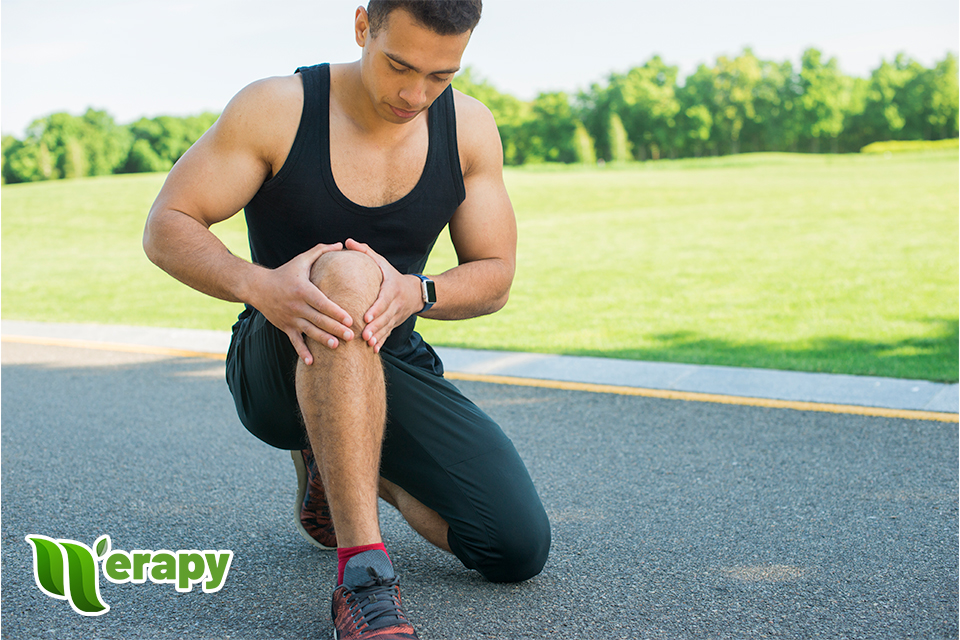
Experiencing knee pain or dealing with a knee injury doesn’t have to mean the end of your fitness journey. In fact, with the right workout plan, you can strengthen your body, improve mobility, and potentially alleviate some of the discomfort associated with knee issues. Here’s a thoughtful approach to staying active and fit, tailored for individuals navigating knee concerns.
Before diving into any exercises, it’s crucial to prepare your body, especially when dealing with knee issues. A gentle warm-up increases blood flow improves flexibility and prepares your muscles for the workout ahead. Focus on low-impact activities like arm circles, shoulder shrugs, and gentle torso twists. Spend at least 5-10 minutes on your warm-up.
Water provides natural resistance and supports your body, reducing the strain on your knees. Engage in water aerobics classes or swim laps at a comfortable pace. The buoyancy of water can help alleviate pressure on your joints while still offering a comprehensive workout.
Stationary biking is another excellent way to maintain cardiovascular fitness without putting undue stress on your knees. Ensure the bike is adjusted to your body size to avoid overextending your knees. Start with light resistance and gradually increase as your strength improves, always prioritizing comfort.
Building muscle around your knees can help support and protect your joints. Focus on upper body and core strengthening exercises, such as seated dumbbell presses and gentle abdominal workouts. For the lower body, consider leg lifts and straight leg raises, which can strengthen your quads and hamstrings without putting pressure on your knees.
Incorporating yoga or Pilates into your routine can improve your flexibility, balance, and joint mobility. Opt for poses that don’t put pressure on your knees, and always use a mat for cushioning. If a position feels uncomfortable, modify it or skip it altogether.
End every workout with a cool-down to help your body transition back to its resting state. Gentle stretching can aid in recovery and flexibility, reducing the likelihood of injury. Pay particular attention to the muscles you’ve worked, holding each stretch for at least 30 seconds without bouncing.
Remember, the most important aspect of working out with knee issues is listening to your body. If an exercise causes pain, stop immediately. Consult with a healthcare provider or physical therapist to tailor your workout plan further to your specific needs and ensure you’re on the right path to recovery and strength.